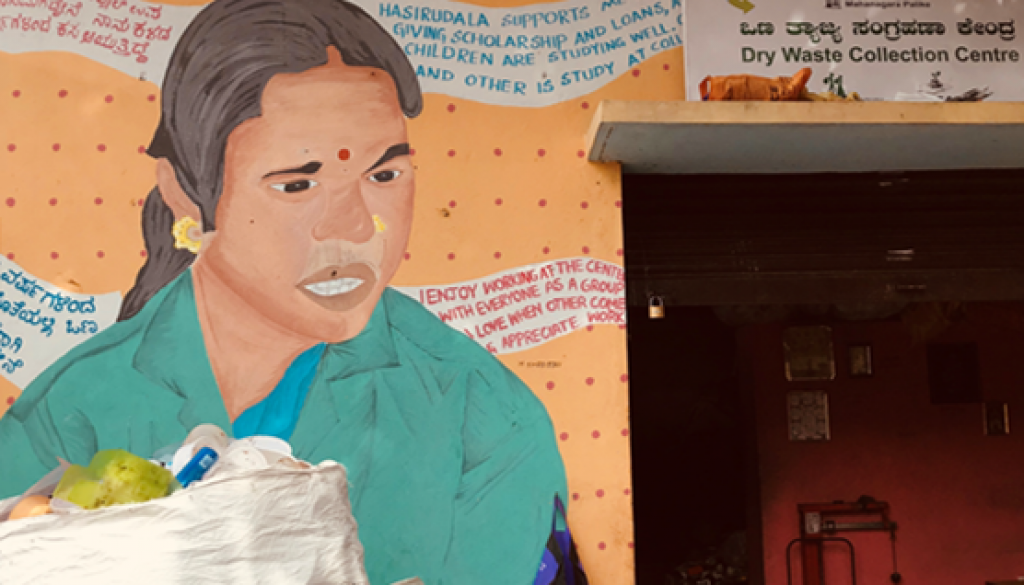Planning the India health and well-being survey
In this blog J. K. Lakshmi, Vinodkumar Rao, Smruti Jukur, Prasanna Saligram and Surekha Garimella describe how the ARISE India team members met virtually to brainstorm the design, content, development, and administration of a survey to help understand the perceptions of health, well-being and associated concepts and experiences in communities. They detail the process that was followed, areas of contestation and disagreement, and the importance of the survey.
The goal of the survey we are developing is to elicit perceptions and concerns related to health and well-being, which will help our community partners shape their work to address those issues. While the survey instrument will collect quantitative data, it will be informed by, and supplemented with, in-depth discussions with community members and our civil society partners. The process of thinking through the tool was far from straightforward. The preliminary discussion planned for an hour took twice that time with each of us proffering and defending different points of view on health, well-being, the determinants thereof; the optimal research method to achieve the objective; and then the optimal way to put the method into practice.
An instrument developed in a previous study was the launch pad for our deliberations. We went over the domains of health and well-being addressed by the instrument, discussed the administration of the survey, in particular the shortcomings thereof, and debated the relative merits of the components of the instrument in eliciting the information that would aid an understanding of the perceptions of the communities we are focusing on. We realised that we were not constrained to use this instrument, and to administer it as it had been in the previous study. We decided to develop an instrument to meet our particular needs, and plan its administration using lessons from previous studies and the advice of community representatives in this study.
The crux was – what is it we are aiming for through this survey? We are looking for a granular and deep understanding of the communities’ conceptualisations, and experiences of health and well-being, including determinants, access, agency, and needs, met and unmet, and how their individual, family, and community histories and struggles have a bearing on, and feed into these.
We did not know of any existing instrument that met our needs. The nuance required of the instrument to explore circumstances frequently encountered in the communities in our project, e.g., exposure to occupational hazards among waste pickers, became clear. We also recognised that standardising the instrument for use across communities and settings posed the risk of neglect of important issues in some communities, and delving into matters of low relevance in others.
We spent some time arguing about our individual inclinations towards different research methods, and different designs of instruments, and kept placing our arguments against our objectives to establish good fit. A vital discussion point was the difference between open-ended discussions and objective surveys in aims, execution, and outcomes. We also conferred on the best sequence of activities to elicit the information that we seek, in the most ethical and efficient manner, and provisionally decided on:
- Interviews with community representatives, and focus group discussions with co-researchers (community members engaging in data-collection and analysis with the research team) to compile a comprehensive list of domains and items to include in the survey, as well as the terminology and articulation called for in each community and language, to inform the development of our survey;
- Designing the instrument in consultation with our statistician colleagues, to ensure that the items are articulated and scored as intended, suitable to analysis and interpretation;
- Planning the administration of the survey to assure standard data-collection technique within and across communities; and
- Envisioning the use that the findings would be put to by the research team, the civil society partners, and the communities.
The team parted intending to individually examine the instrument from the previous study, annotate it with descriptions and comments on suitability for use with the communities in this study, comment on essential discussion points in the interviews and focus group discussions, and additional items considered critical for the survey. These thoughts will be compiled and deliberated at our next meeting, after which we will proceed to the first phase of the survey design, i.e., interviews with community representatives, and focus group discussions with co-researchers.
Health and well-being are not easy to conceptualise and articulate, as demonstrated even in our discussion in a small group of supposedly like-minded people. To develop a cogent compilation of objective survey items to be administered to large groups of individuals, while certainly a noble goal, can lead to some challenges to well-being in the run-up. We will be mindful of framing the survey items for ease of understanding, interpretation, and administration by the research team and co-researchers. Our survey findings will be vital for advocacy by the communities and the federated groups.
We now look forward to the fruition of this mighty instrument that we intend to develop. We hope that this exercise will be useful for the communities in focus in the study, stimulating learning, thinking, strategising, and action for improved well-being. We also hope that our well-being and sense of humour survive this process.
